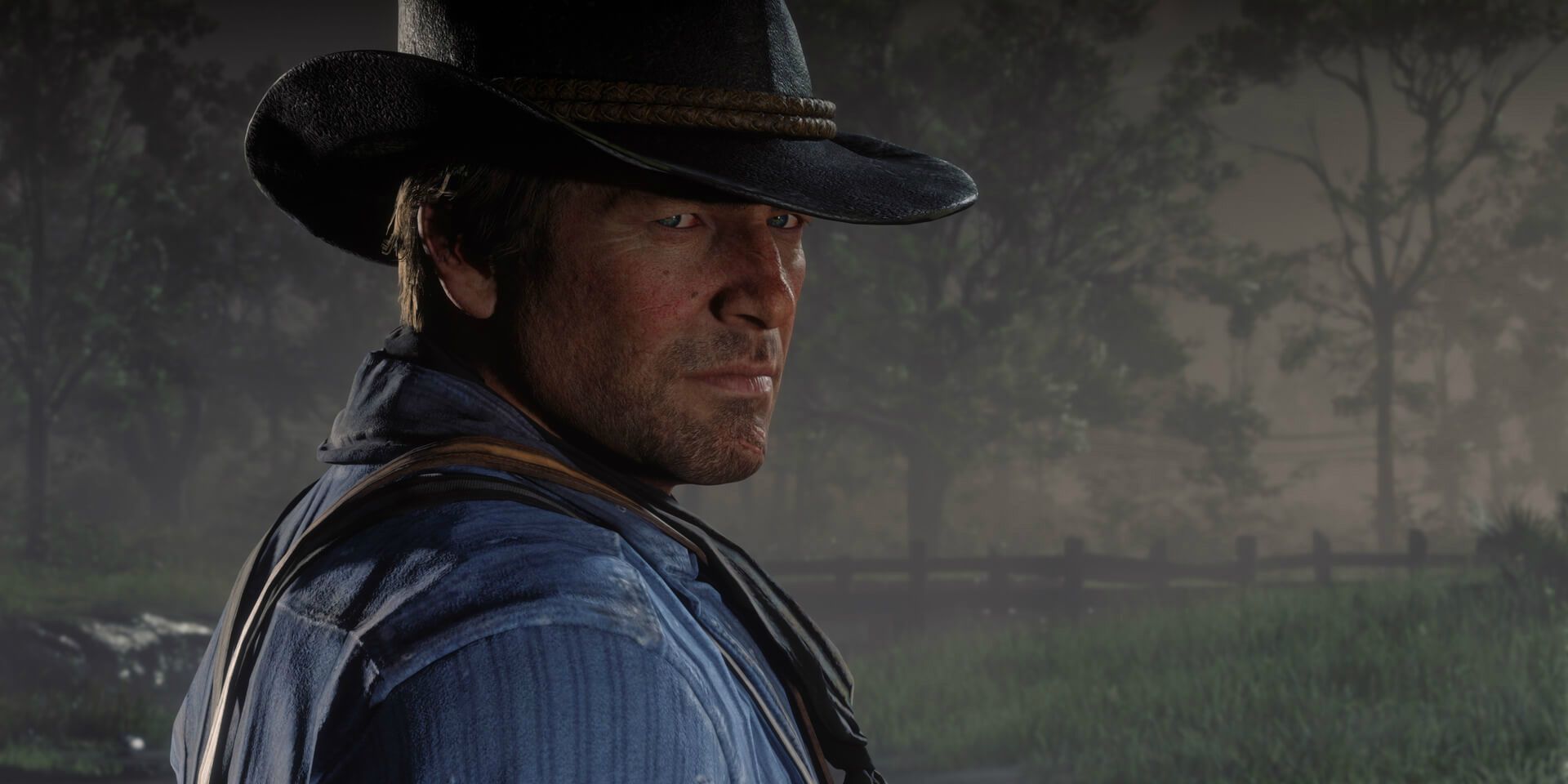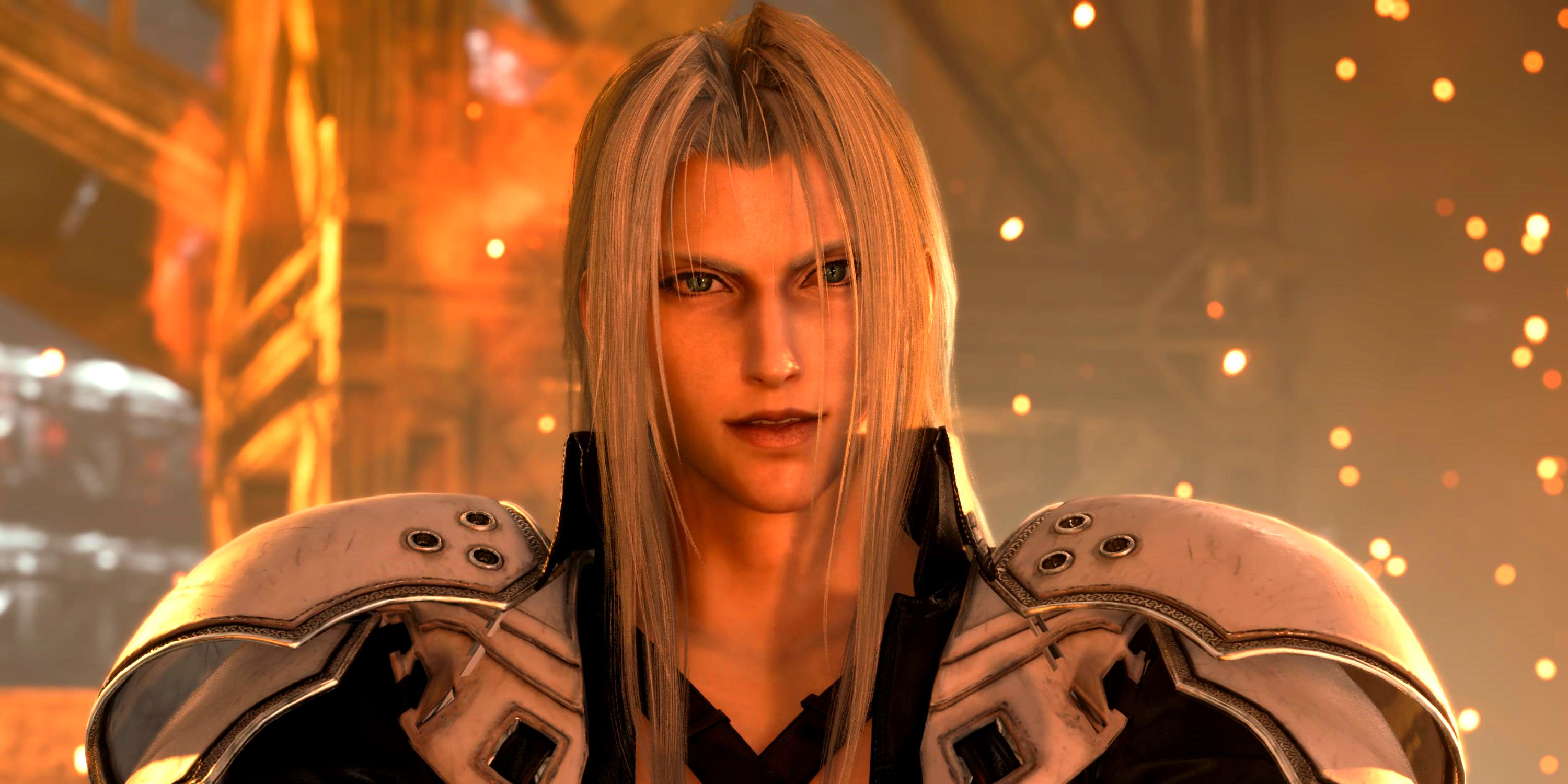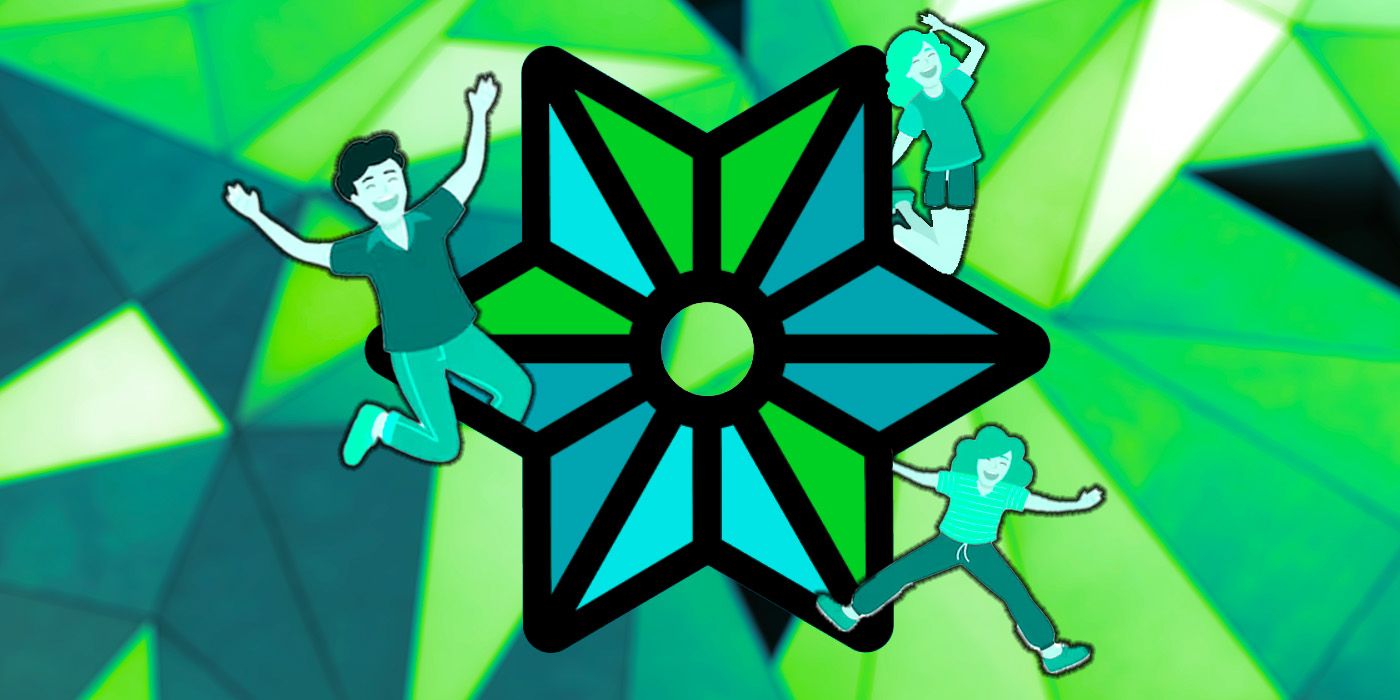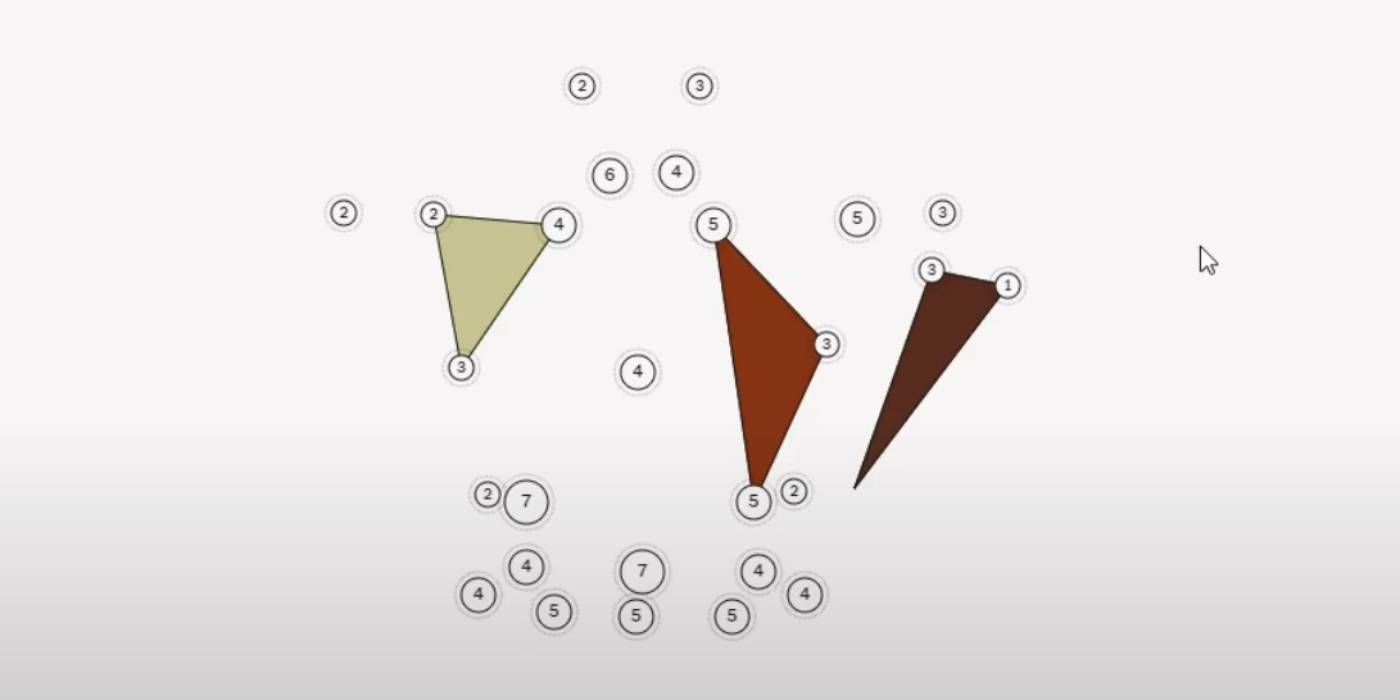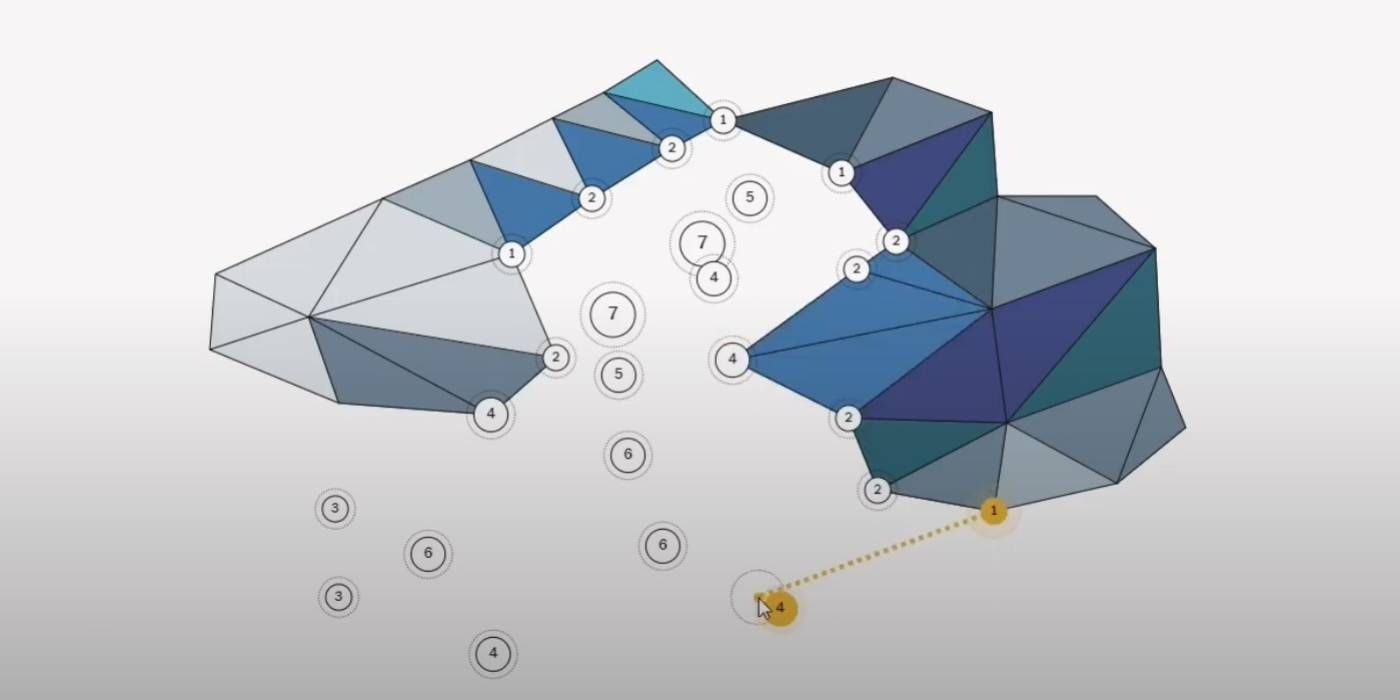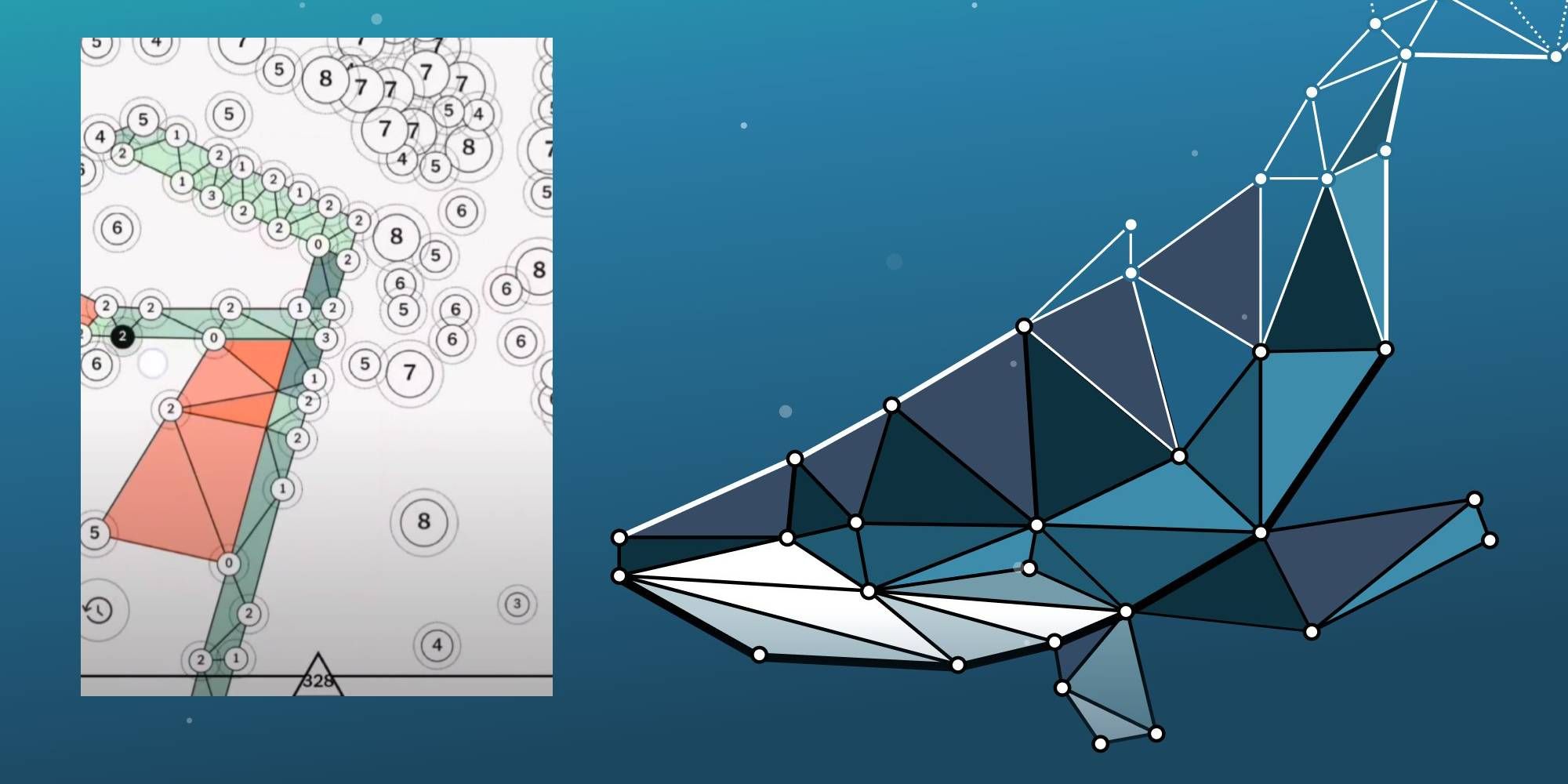Among all the New York Times mobile games, Vertex may be the most straightforward since it only asks you to quickly form a picture by connecting dots. However, some rules can confuse beginners trying to make the pre-determined image. With the right strategies, you can figure out simple ways to approach every puzzle in this deceptively complex game of pattern recognition.
When you start a game of Vertex, it looks very different from other New York Times games like Tiles or Spelling Bee. Right away, you can see a series of blank circles that each contain a number and the number of "triangles" you have left to form to solve the picture. You can zoom in or out to get a better view, but pressing on any of the circles and dragging them will form a line that you can connect to other dots.
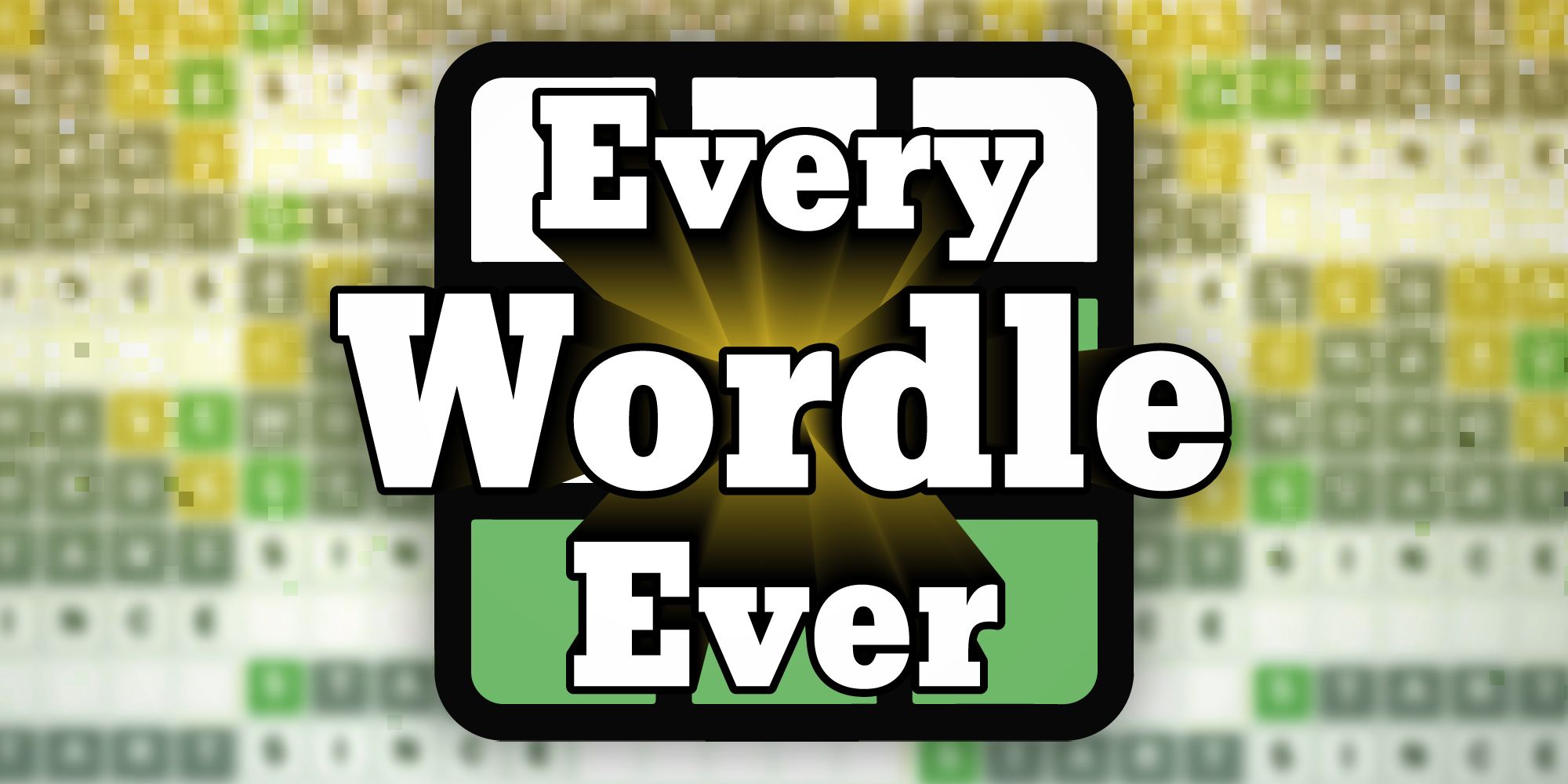
Wordle History: Archive Of All Past Words Used
Wordle is a simple daily word game that has taken the internet by storm. With only 6 chances to get the right answer, players may need a little help.
8 Play Through The Starter Puzzles
Learn In The Tutorial
Before you begin the daily picture for Vertex, you have an opportunity to practice on 8 different starter puzzles that act as a tutorial. This allows you to become familiar with the game's interface and experiment with the options used to change elements of a picture. Here, you'll quickly learn how the number inside a blank circle determines how many lines can be connected to or from that point as you try to form the picture.
Among the 8 starter puzzles, there is only one daily puzzle for Vertex that you can try and solve, but only if you are a subscriber to the New York Times mobile app.
Any two unconnected points can be brought together as long as they show a number greater than 0, but you want to be forming triangle shapes with these pairings. When you correctly form a shape, the triangle fills in with color to create pieces of the overall picture. When you finish a section of the picture, another set of circles will show up until the puzzle has been completed in a Vertex game.
7 Start Building From Edges
Work Your Connections Inward
It can be overwhelming to see the number of circles available at the start with no clear clues for starting to form an image. One of the best ways to begin a Vertex game is to start working from the edges of the puzzle, drawing lines inward and making a few connections early. Minimizing the total number of pairings in a picture right away will give you more chances to start building the foundation of the final image.
Similar to the Mini crossword in New York Times games, recognizing patterns early will give you a better idea of what the completed puzzle should look like. Getting a "feel" for how the Vertex picture begins to connect will allow you to start filling in the blanks as you play subconsciously. Getting into the flow of this game can let you see connections that you may not been able to notice at first.
6 Find The Biggest Numbers First
Reduce Total Lines In A Picture
Many of the points in the picture will have larger numbers, which are much harder to connect to other spots than others. As you can see in a video by YouTube creator KHG, many of these areas are in the center of the image and are much larger than other circles. Once you finish sorting out the edges of an image, these are the next focal points of the puzzle you should focus on as you try to solve the picture quickly.
Try to take the points with the highest numbers and connect them to every other adjacent spot that is closest to them. When you have a circle that needs to be brought to 5-7 other points, there are only so many spots in the picture where it would make sense to join various lines. Each high-number circle can be considered a hub that will inevitably have many points connected to it as you try to complete the image.
5 Redo Unfilled Triangles
Correct Mistakes Quickly
Near the bottom of the screen during a game of Vertex, you should be able to see a small icon with a circular arrow. This button can be pressed to undo the previous action you did on the puzzle, making it a great option to use if you make a mistake. Pressing this button can roll back through each step you've made since you started the game, up until the picture is left blank again if you want.
Whenever you have three lines connected to a triangle, but it isn't filled in with a color, the pattern you tried to form is considered incorrect by the puzzle. This is a good way to tell when you need to use the Undo button and whether your last connection made was a step closer to solving the picture. Similar to strategies from Spelling Bee games, you can redo your choices an infinite number of times without impacting your Vertex score.
4 Connect Dots That Are Close Together
Don't Discard Obvious Pairings
The closer two points are in a picture, the more likely they will have a line formed between them to make one of the puzzle's many triangles. Any points you try to put together from far away will likely be unable to close any space in the way the puzzle wants you to do. The more convenient a triangle is to make, the more likely it is the correct shape you have to form to generate part of the complete Vertex picture.
As you may be able to see in the above video by YouTube creator EduTraGam, most pictures are made as a result of the points near each other connecting in straightforward ways. Those looking to finish games quickly need to join spaces that are clearly related to one another. Among the New York Times games, the puzzles in Vertex are the ones trying to trick you the least with their visual presentation.
3 Never Overlap Built Lines
What's Done Is Done
Once a line is formed into part of a triangle, you cannot draw another connection over it at any point. While there may be some instances where lines seem to form very close to one another, there will never be a case where you need to pair two circles in the puzzle by overlapping an existing line. The only time you may need to go over a line is when you delete its original position and try to reform it for another purpose.
Remember, the best strategy for knowing which connections work is when a triangle gets filled in for the picture. There's no need to undo a correct answer by going over a pre-existing connection that already forms part of the puzzle.
The fastest puzzle solutions are made when you are confident with the choices that have already led you to the right answers. When you create a triangle with a connection, move on from that space and focus on the empty areas still within the picture. Any lines you have already made are not worth going over or paying any attention to unless they form part of the next section of the picture you're trying to complete.
2 Zoom In And Out Of The Picture
Take A Closer Look
As you can see in a video by YouTube creator Zen Mode, the Vertex picture can often be incredibly confusing to look at at any given time. The sheer number of spaces to connect form an incoherent pattern at first, making it difficult to see various numbers or shapes. The best solution to this problem is to zoom into the picture and investigate dense sections of it to find circles to pair together quickly.
If you're ever struggling to find out how much of a picture is left to form, look at the bottom of the game's screen to see how many triangles are left in an image. You may think a picture is complete, only to realize that one or more triangles are still needed to solve the Vertex puzzle. The pace at which you reduce the total number of triangles needed can also set a good speed for you to follow as you connect different points.
1 Be Patient As You Form Triangles
Rushing Leads To Errors
The most common mistake you can make in Vertex is to mistakenly make triangles in the wrong places, assuming you're right, and moving on because you want to solve the picture fast. Take your time to connect the dots and don't worry about your overall score. You'll make more errors trying to finish the game quickly than if you patiently tried to pair circles together at a much slower pace.
Frustration can easily lead to mistakes that stack up and make the picture much harder to figure out by the time you calm down. Pay attention to various connective points and do not worry about the amount of time it takes for you to find the right answer. The best strategies for solving the picture quickly in the Vertex New York Times game are deceptively simple, so keeping a cool head will help you take the right steps.
Source: KHG/YouTube, EduTraGam/YouTube, Zen Mode/YouTube


